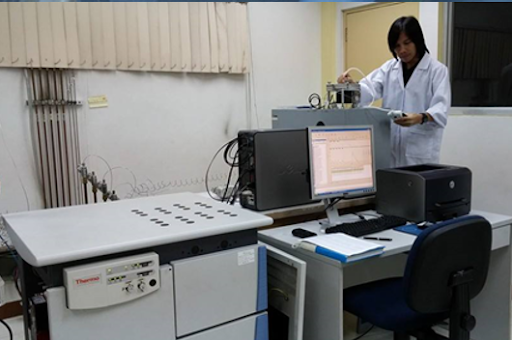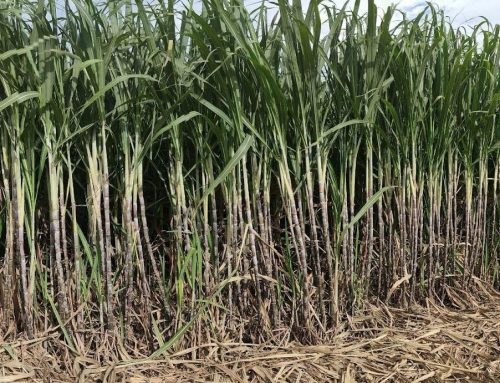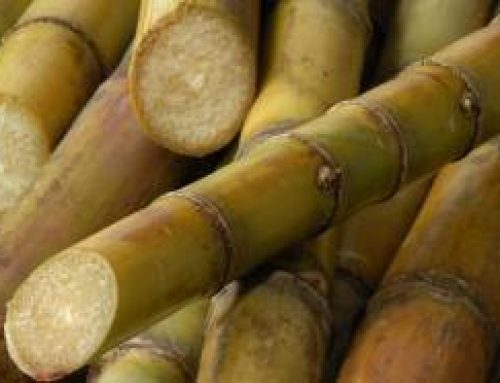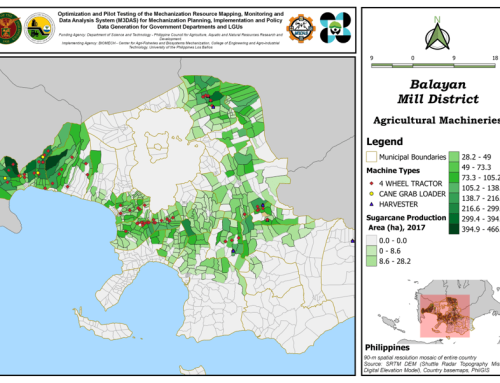In this Article

Nutrient management is always of fundamental economic importance in the agriculture of sugarcane. National (and international) efforts face difficulty to gain the maximum production of sugar at the present time because of the acute shortage and high costs of commercial fertilizers. The ever increasing fertilizer prices and application inefficiency that cause detrimental effects to the environment raised concerns to re-evaluate and redesigned the current crop cultural management to increase its efficiency and productivity. The use of tracer techniques in agricultural research implies important benefits than any existing conventional methodologies. This technology provides enormous advantages because it permits a direct quantitative measurement of the influence of varied factors on the environment. Furthermore, this technique affords distinction between different sources of nutrients and allows researchers to directly determine fertilizer nutrient recovery; hence its alternative name, the direct method. Utilizing the advantages of using such technique offers several advantages to solve the extensive problem on managing fertilizers in sugarcane production systems.
The project, “Smart Farming-based Efficient Nutrient Management to Increase Sugarcane Productivity through Elemental Tracer and Related Techniques” revealed that NutUE were considerably higher in PC compared to RN, with higher NutUEs observed in lower dose of fertilizer application. NutUE ranges from 35-40% for N, around 30% for P and 55-60% for K; 2) The optimal amount of N and P2O5 application in the area at around 180 kg/ha – 180 kg/ha, while it is around 300 kg/ha for K2O. For the RN sugarcane, the optimal amount of N and P2O5 application is around 130 – 150 kg/ha, while for K2O is only around 250 kg/ha; 3) The study have shown the NUD of NPK in both PC and RN sugarcanes. This finding is very important in recommending the proper timing and amount of fertilizer applications; 4) Isotope tracer data showed that more than half of N in the plant came from the indigenous soil N, especially during initial phase and at crop maturity; 5) High losses of applied N to the environment especially with the application of higher doses; 6) findings indicate that there is very short residence time of applied nitrogenous fertilizer (~3months), especially during wet season; 7) there was considerable amount of inherent soil nutrients in the studied soils which contradicts the initial soil analyses results.








